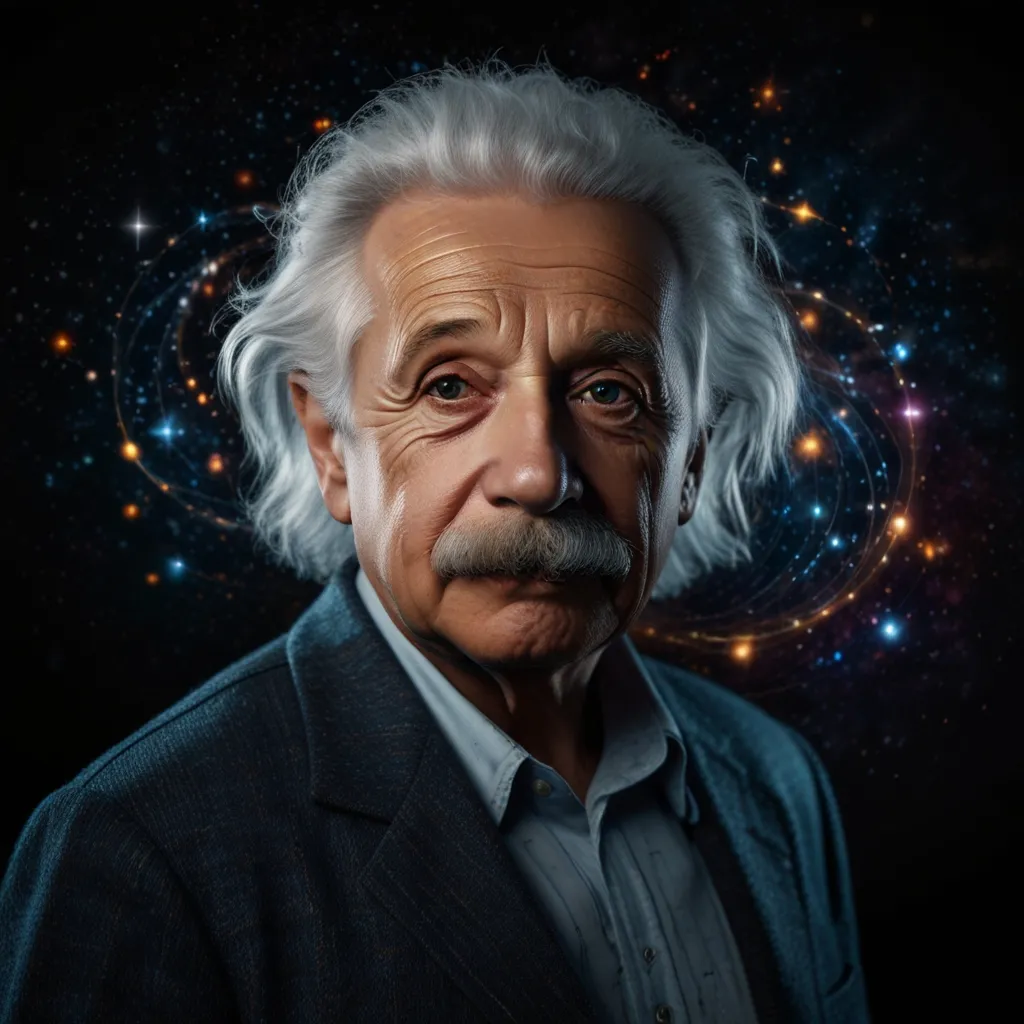In my previous exploration, I delved into the intriguing realm of General Relativity, unraveling the intricate math behind Einstein’s field equations. These equations are rock-solid in the scientific world. But here comes the snag: quantum mechanics, another thoroughly proven theory, throws a wrench into their works.
Let’s break it down. Take a hydrogen atom, the simplest one out there, with its lone proton and electron. Quantum theory suggests the electron is in a state of superposition, meaning it occupies multiple locations simultaneously. We can only calculate the probability of finding it at a specific spot if we measure it. The issue is that, under General Relativity, the electron’s mass should curve space-time. But if it’s in multiple places at once, where is that curvature? General Relativity doesn’t account for superposition.
A similar dilemma arises with black holes. Inside, we encounter a singularity where matter and energy compress to an infinitely small point, warping space-time infinitely. But General Relativity treats space-time as flat on a minute scale, which collapses into nonsense at the singularity.
So, how do we reconcile these two heavyweights of physics—General Relativity and Quantum Mechanics? Two theories brave this challenge: Loop Quantum Gravity (LQG) and String Theory.
Loop Quantum Gravity posits that space-time itself is quantized, not continuous, akin to tiny pixels making up a TV screen. This theory suggests that distances, areas, and volumes have minimum quantifiable sizes, such as the Planck length and volume. Space-time, under LQG, consists of finite loops connected by nodes, forming “spin networks” that define space. The motion of these loops and nodes ticks like a digital clock, so time advances in discrete jumps.
The fabric of space-time bends under mass and energy, distorting space and time—a phenomenon we experience as gravity. Interestingly, LQG predicts detectable variations in the speed of light based on photon energy. However, we haven’t observed this yet, possibly due to current instrument limitations.
String Theory, on the other hand, introduces one-dimensional strings as the building blocks of fundamental particles. These strings vibrate at various frequencies, corresponding to different particles, and require additional spatial dimensions—at least nine—to function mathematically. Though we can’t see these extra dimensions, they might be minuscule, like loops in a rug that only show up close.
In String Theory, closed strings vibrate to form gravitons, potentially aligning it with quantum gravity. However, the necessity of additional dimensions and undetected supersymmetric particles present formidable challenges.
Why is quantum gravity so elusive? Mainly because gravity is astonishingly weak compared to electromagnetism, making its effects between subatomic particles nearly impossible to detect experimentally. Quantum gravity theories might remain mostly theoretical, relying on indirect confirmations rather than direct observations.
Loop Quantum Gravity draws from Einstein’s notion of gravity as space-time curvature, focusing on quantizing this background. Yet, it overlooks other forces, making it a theory of quantum gravity rather than a unified theory of everything.
String Theory, inspired by the Standard Model, integrates gravity but doesn’t explain the origin of space-time. It remains incomplete in that regard.
Neither theory alone fully satisfies the quest for a comprehensive theory of quantum gravity. However, combining insights from both could pave a path forward, awaiting the next breakthrough to unravel the universe’s workings.
As we await the next Einstein to illuminate these mysteries, we’ll keep pondering and exploring, hoping to uncover the true nature of reality.






